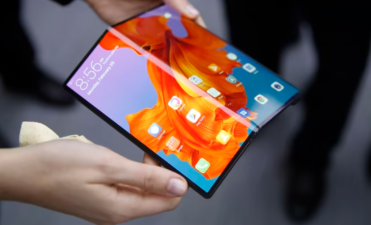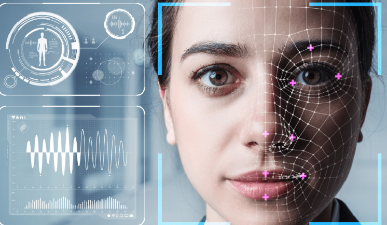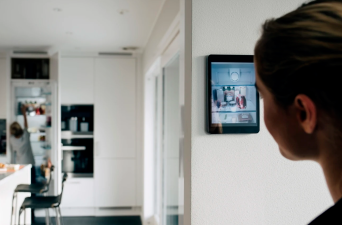Have you ever thought that a small device on your wrist may know more about your body than you think? Or when you are sleeping soundly, someone is silently recording your heartbeat, breathing, and even dreams? These are not plots in science fiction movies, but what wearable devices that can be seen everywhere today are doing.
Have you ever thought that a small device on your wrist may know more about your body than you think? Or when you are sleeping soundly, someone is silently recording your heartbeat, breathing, and even dreams? These are not plots in science fiction movies, but what wearable devices that can be seen everywhere today are doing.
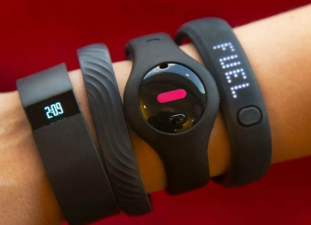
- External sensors: tracking movement and obtaining activity data
The most common external sensors used by wearable devices at present are IMU (inertial measurement unit) and GPS.
- IMU: Combining accelerometers, gyroscopes and magnetometers, it can report our specific force (acceleration under the action of gravity) and angular velocity, helping the device track the direction of our body's movement.
- GPS: After integrating GPS technology, wearable devices can accurately measure speed, distance, and even provide positioning data.
These sensors can provide a lot of activity data, but they mainly focus on external behaviors, such as steps, speed and distance. For the health of the internal body, we also need other sensors.
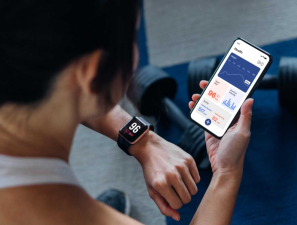
Internal sensors: monitor physical condition and pay attention to physiological health
- Heart rate monitoring
To measure heart rate, there are usually two ways:
Electrocardiogram (ECG): This method is usually used in more professional heart rate monitoring devices.
Photoplethysmography (PPG): Smart watches almost all use this method to capture changes in blood flow through green LEDs and light sensors to measure heart rate.
On the screen, you will usually see images of electrocardiogram (ECG) and PPG signals. In wearable devices, this signal is used to help us understand exercise intensity, stress level and overall health.
- Blood oxygen saturation (SpO₂)
Blood oxygen saturation detection relies on near-infrared spectroscopy technology, which can assess the level of oxygen in the blood. Finger clip devices, smart watches, etc. can all be detected using this technology. During exercise, skeletal muscle oxygenation can also be measured using similar technology. The moxy monitor is a device designed specifically for muscle oxygenation detection.
The significance of internal measurement: in-depth assessment of our health
What internal sensors have in common is that they pay more attention to what is happening inside the wearer's body. For example:
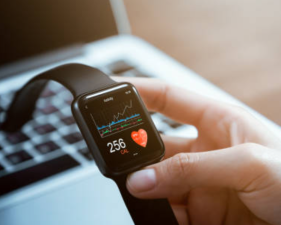
Heart rate monitoring can help understand exercise intensity.
Blood oxygen saturation and muscle oxygenation monitoring reveal the body's oxygenation status.
These data can better reflect the actual impact of exercise on the body than external sensors, thus providing a more physiologically meaningful reference. This is also the reason why smart watches and other wearable devices are becoming more and more popular in health management.


